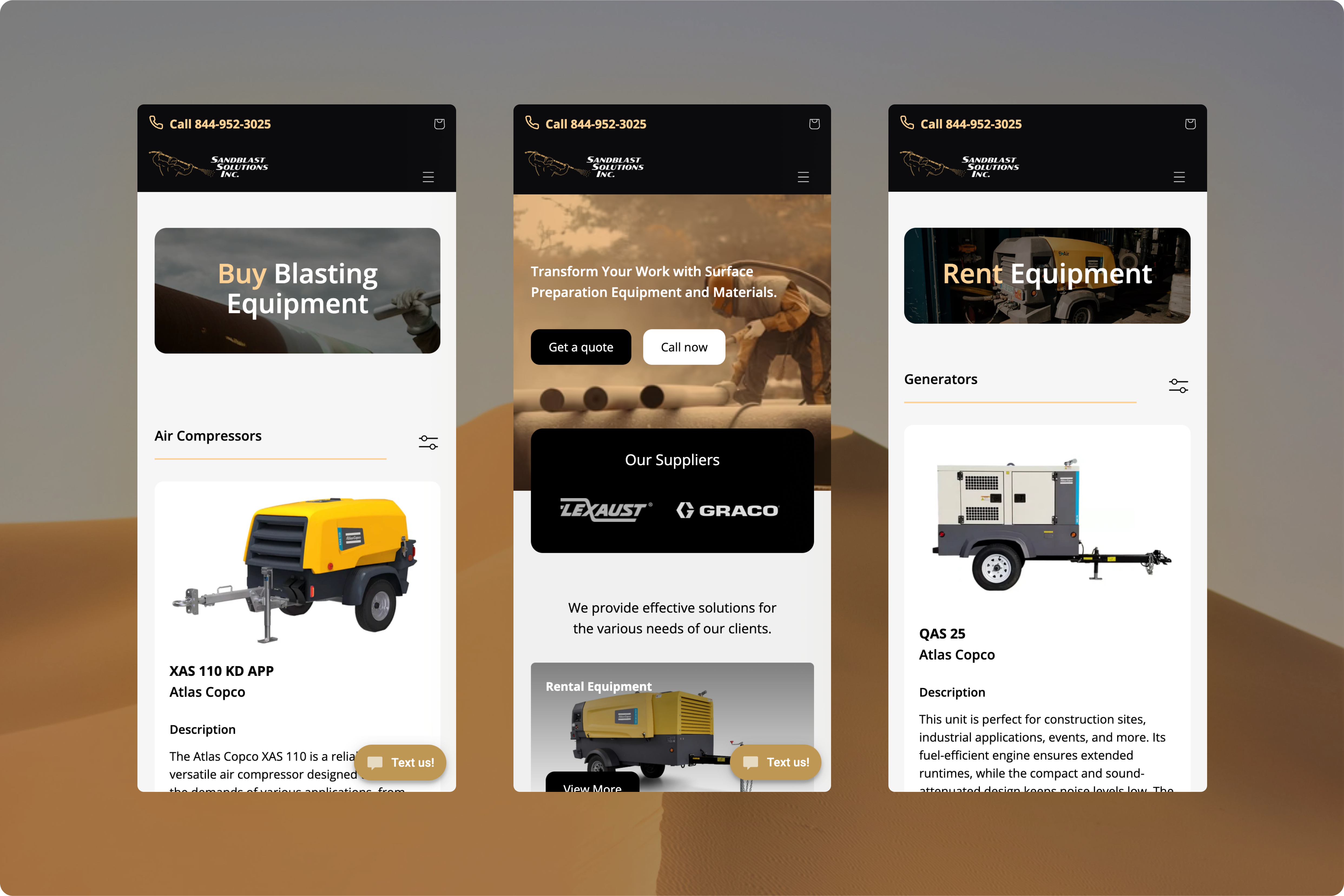
Your product page isn’t just where people look at what you’re selling. It’s where they decide if they’re going to buy.
The problem? A lot of e-commerce brands spend all their energy on ads and sometimes ignore the one page that closes the sale.
So here’s what a great product page really needs to turn visitors into customers.
The Name Matters
No one gets excited about buying something called “Women’s Cotton T-Shirt – Style 112.” That kind of name might help with inventory tracking, but it doesn’t really make anyone want to buy it.
A good product name tells people what the item is, why it matters, and how it fits into their life.
You could try changing “Women’s Cotton T-Shirt – Style 112,” to something like, “The Everyday Tee: soft, breathable, and made for real life.”
This kind of name hints at how it feels to wear the product and how it fits into your customer’s routine. It adds a little more context and gives people something to connect with.
High-Quality, Storytelling Images
People don’t just want to see your product. They want to imagine themselves using it.
Use a mix of clean product shots and real-life consumer photos. Show the item from different angles, in action, and in everyday settings. Make sure it looks great on both desktop and mobile.
Bonus points if you include video. Even a quick phone-shot clip of someone holding or using the product can go a long way toward building trust.
A Price That Feels Right
Price isn’t just a number, it’s a feeling.
Your pricing should match the experience. A $25 item with $19 shipping feels like a trick. A $115 product with beautiful packaging and free returns feels like a premium experience.
If your product is discounted, show both the original and the sale price so people know exactly what they’re saving. And if shipping is free, make that clear. Customers love transparency.
Keep your pricing easy to find and even easier to understand. No one wants to do math while shopping.
Benefits, Not Just Features
Specs are helpful, but benefits are what sell.
Instead of saying “Made from 100% combed cotton,” go with “Soft enough for all-day wear.” Instead of “Includes ergonomic handle,” try “Won’t make your wrist sore.”
Think about what the product actually helps someone do or feel better about. What problem does it solve?
And say it the way your customer would. Skip the corporate speak. Use real language that’s short, clear, and easy to skim.
Reviews That Build Trust
People trust people. Real reviews can make or break your product page.
Use testimonials that speak to things like fast shipping, great quality, or how your product compares to others. These details help new customers feel more confident.
If you can, include photos from real buyers. Seeing someone else use the product makes it easier for shoppers to picture themselves doing the same.
And don’t worry if not every review is five stars. A few honest four-star reviews can actually make the rest of your feedback feel more believable.
A CTA That’s Clear and Clickable
If someone wants to buy, don’t make them search for the button.
Make sure your “Add to Cart” or “Buy Now” button stands out. Use action words so people know what’s going to happen. And make the button a different color from the rest of the page.
Put your CTA somewhere easy to spot, at the top of the page, and again after the product description. People shouldn’t have to scroll all the way back up to check out.
Test it on mobile too. No one should be pinching or zooming just to press a button.
A Seamless Mobile Experience
Most shoppers are browsing on their phones. If your product page doesn’t load quickly or looks broken on mobile, you’re losing money.
Use vertical layouts that scroll easily. Compress your images so they still look great but load faster. Use large, tappable buttons and make sure your text is big enough to read without squinting.
Try going through your own site on your phone. If you can’t find what you need or buy the product in under a minute, something needs fixing.
Final Thought
Your product page doesn’t need to be complicated. But it does need to do a few things really well: show what the product is, why it matters, and how to buy it.
Make it feel easy. Make it feel trustworthy. And most importantly, make it feel like it was built for real people.


